I have already written a few lines about this lens in my Exakta Varex IIa review where I have published some film shots taken with it. Recently I have purchased an adapter which allows me to attach any EXA mount lens to my Canon DSLR so it is about time to inspect a little deeper what is the Meyer Trioplan 100mm capable of.
The Cooke Triplet
The Meyer Trioplan is a classic triplet (it has three strong lens elements separated by sizable air spaces). It is eventually a modern version of the Cooke triplet which was developed by H. Dennis Taylor (1862 – 1943) in 1893.
The simplest design that is capable of correcting all of the seven Seidel aberrations over a wide field of view is the Cooke triplet. H. Dennis Taylor invented this in 1893, using the advances of Seidel’s theory. It is named after the optical company in York, England, for which Taylor worked at the time, Cooke and Sons (later to become Cooke, Troughton and Sims). The lens is described in two very interesting United States patents, Nos. 540,132 (1895) and 568,053 (1896). Taylor’s designs, despite their antiquity, are close to optimum for the aperture and field he intended, given the glass types available in his day. The triplet uses two of the principles of a good design. First, the Petzval sum is corrected by the use of spaced positive and negative lenses, as described in Chapter 9 on telephoto lenses. Secondly, it has approximate front-back symmetry about a central stop, to control the odd-order aberrations, coma, distortion, and transverse color.
Source: Optipedia
Even though countless variants had been patented of the Triplet designs they cannot be considered as original inventions rather routine designs based on Taylors work.[1]
Similar lenses: Anticomar, Cassar, Novar, Meritar, Radionar, Trinar, Triotar, Voigtar, Eurygon.

Fun facts
- Taylor developed his own mathematical tools to design lenses and if we can believe him he never traced any rays. His method was to design and optimize the lens on paper until he reached the best possible solution and then he got the lens manufactured. Finally, changes were recommended based on the experiments on a testbench with the prototype.[1]
- Cookie of York is still an existing company with slightly different profile and name Cooke Optics Limited.
- Even though triplets are simple lenses it was difficult to manufacture them initially because the position of the lens elements has to be very precise. Therefore many manufacturers preferred to produce four element lenses instead.[1]
- Despite that the Triplet design is strongly outdated today, it is still used in the case of many lower-end cameras.
Characteristics
The interestingness of the Meyer Optik Trioplan is the unusually large aperture (f/2.8) which is remarkable because triplets are usually moderate speed lenses for good reasons.
This relatively high maximum aperture comes with a price as the lens shows a wide range of aberrations when used in this setting. On the other hand, this makes the lens somewhat unique with an interesting footprint some might use for artistic purposes.
The out of focus areas (bokeh) looks very interesting at f2.8, especially when highlights are involved in the background. The light circles (for examples traffic lights) are surrounded by light circles which makes the bokeh really special and as many say psychedelic. In addition, there is a heavy glow around the objects in the in-focus areas, most notably around highlights. This effect can be very dramatic or almost not notable depending on the conditions of the shoot. Last but not least the produced image is rather soft all around the frame in most cases wide open.

Many buy and uses this lens because of the way it behaves at widest aperture, but we have to admit that this lens is not a bad performer at all if stopped down just a slight bit. At f/4 and below the lens produces sharp images without glow or distractive psychedelic bokeh. In fact, it has some properties which are very respectable. The lens produces a very low amount of purple fringing around high contrast areas even at modern standards. The lens is definitely sharp enough for most purposes an due to the almost perfectly round iris it produces wonderful creamy bokeh. Furthermore, due to the staples aperture ring, it can be appropriated by videographers as it allows smooth continuous aperture control.

How the Trioplan looks like
My Trioplan came as a part of a beautiful Exakta kit along with the original box and invoice.
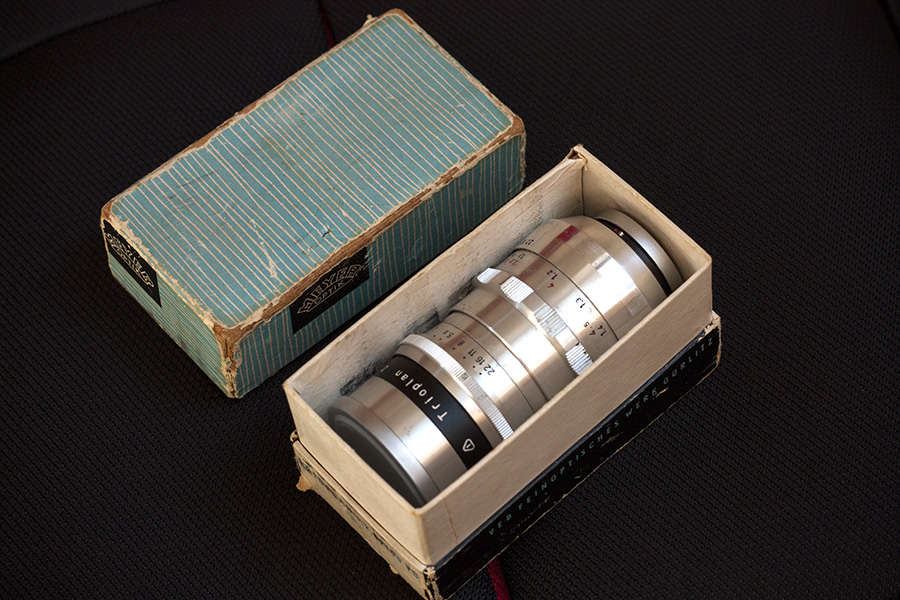


The lens can be disassembled very easily almost without any tools. I wanted to unscrew the lens hood only but as a side effect, I have managed to remove an entire lens group. It is not that bad as it sounds because eventually, I could take advantage of the accident. I could clean up the dust from the inside of the lens and fortunately, the assembly went well and the lens performs just the way it did before. Last but not least you can get a very intimate view of the wonderful circle shaped iris of the Trioplan.
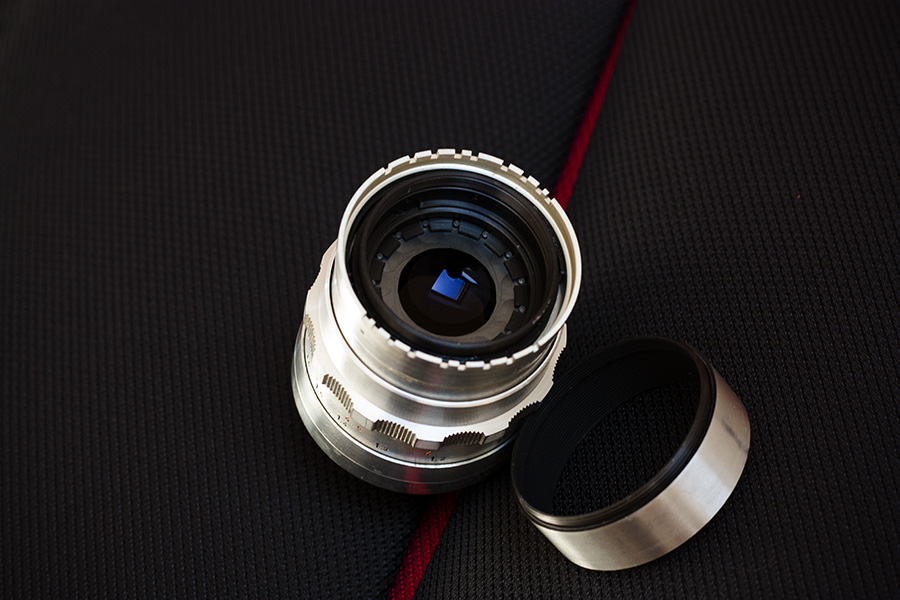
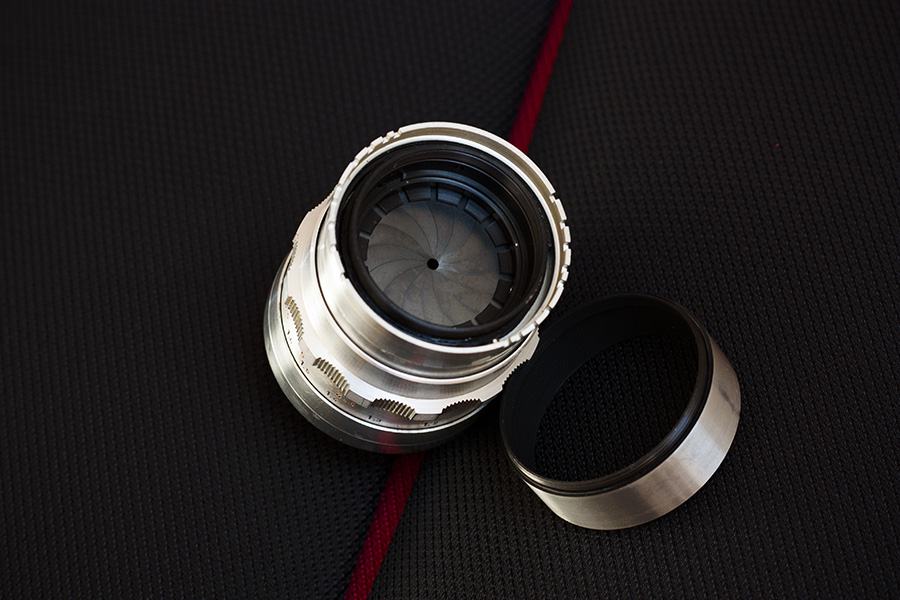
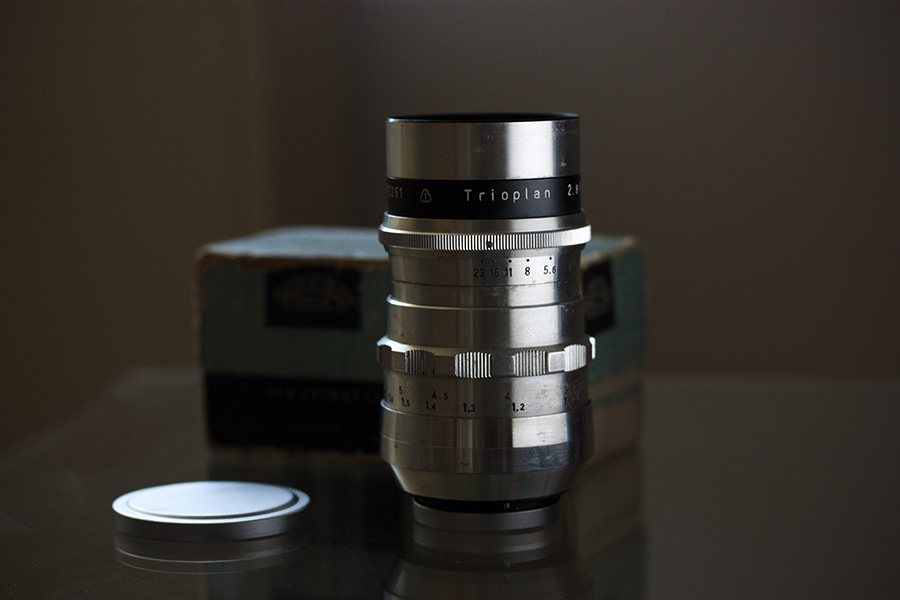
Trioplan on Canon 450D
My film shoots with this lens (with Exakta Varex IIa) can be seen here.
Wide open softness and glow can be beneficial when shooting portraits, although I admit isn’t fit all portraits.

If you stop down the lens a bit, you are going to get a very respectable result.
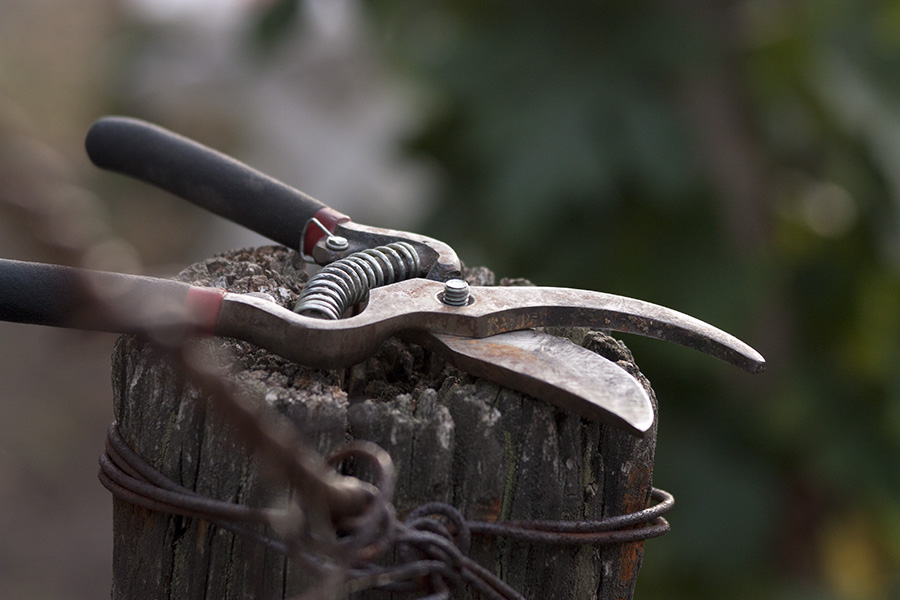
Recommendation
Pros
- Reasonably good image quality when stopped down
- Very low chromatic aberration
- Circular iris
- Good bokeh when stopped down
- The special character at maximum aperture (crazy bokeh)
- Continuous aperture selection ring without stops/clicks
- Good built quality
- Aged glue can’t be a problem between lens elements as the number of cemented elements is zero
- Focusing is very smooth (on my instance)
- Cheap
Cons
- The outdated optical formula does not deliver cutting-edge performance
- Very soft and loaded with aberrations at maximum aperture
The Meyer Optik Trioplan is a fun lens to use, it is out of the question. It is also a cheap lens so the investment won’t make your family mad on you.
I would recommend to those who like to experiment with old lenses hoping to achieve some unusual results due to the character of the vintage glass. On the other hand, it is not a toy so you can rely on it when you need good image quality, you just need to avoid f/2.8.
Videographers could also appreciate this lens due to the click-less aperture ring so they can change aperture very smoothly while filming.
But this lens is not for everyone of course if you are looking for top image quality or features like auto-focus than you should definitely look elsewhere.
Links and references
- [1] Rudolf Kingslake, A History of the Photographic Lens (Great description of the Cooke Triplet)
- My shoots on film with the Trioplan
- Markus Keinath – Meyer-Goerlitz-Trioplan-100mm-2.8 (interesting article and really nice samples)
- Optipedia Triplets (design principles and technical discussion about triplets)
- Taylor, Taylor & Hobson Cooke Lenses on digital camera (original Cooke Triplet tests)
- EOS 350D with TTH Cooke Anastigmat 5 1/2 in. f/4.5, at f/4.5
- EOS 350D with TTH Cooke Anastigmat 5 1/2 in. f/4.5, at f/8, low contrast light
- EOS 350D with TTH Cooke Anastigmat 5 1/2 in. f/4.5, at f/8, high contrast light
- Cooke Anastigmat on EOS 5D
- Uspensky Cathedral with the Cooke Anastigmat
- Autumn Colours, Autumn Bokeh
- An Unscientific Comparison: Cooke vs. Elmarit-R
- Another Cooke Anastigmat 5 inch f/4.5 on EOS 5D



Hi Gabor
That video is absolutely amazing, great find. I could watch it for hours!! Also as you say a beautiful and fitting music choice. I was not familiar with this lens in any way, sure much of the old glass has negatives but the character more than makes up for it.
A very informative and enjoyable read.
Cheers, Jason
LikeLike
Hi, thank you for nice and detail review.
I own a M42 version of Meyer Trioplan 100mm 2.8. It has a lot of dusts, but I can’t disassembly this lens for cleaning. Can you tell me in detail how you disassembly this lens?
LikeLike
Hi,
Well, I have managed to disassemble by hand. I could simple unscrew the front parts. Hope it helps, but if it does not go easily I think better not to force it.
Good luck, Gábor
LikeLike
Hey friend,
I also have a Trioplan 100 but last night my friend accidentally screwed it in half, you can do that easily, in one part is helicoid with focus ring and other part is glass/iris/hood ,BUT when we screwed it back together it wouldnt turn focus ring.
Helicoid (big screw 🙂 ) has 2 bearings/screws with springs that act al limiters to where focus ting stops turning… infinity/1.1 meters…
I think there is the problem but dont understand why because when I remove those 2 bearings lens turns normally and smooth but it can be screwed in two again as there is no limiter action to stop it when reaches infinity… It is wierd because when we first screwewd it in half those bearings were not touched and then put it together and it wouldnt turn…my guess is that helicoid wont let bearings go in grooves of the screw and thus wont turn…and why is that so I dont know… Id appreciate any help.
cheers
mark
LikeLike
Hi Mark,
I am sorry, but I am not that much of an expert on lens mechanics. I disassembled my lens by accident too, but it seems in a different way, I had not touched anything related to focusing.I am going to ask around and see my lens if I can figure out something, but it seems I have no good idea at the moment.
Good luck, Gabor
LikeLike
Yes, its the case of curiosity kiled the cat in my case though, I gave it to a lens technician to see if he cant help but he seemed puzzled to , argh…
You can unscrew hood.
You can unscrew it in half as I did
You can then unscrew helicoid from focus ring for lubrication and there is one small thin ring on focus ring that has a screw… dunno what it does… anyhow thanks for reply , I will post results on monday when I get it back, hopefully fixed, and if u get any idea feel free to post it here… My focus ring was rather stiff and that was the reason for dissasembling it in the first place… ah never let your friends touch your gear..haha
Cheers mate
LikeLike
uh, uh… Mark, please report your results. I am waiting for a Trioplan 100 but I think it will be dirty and uncleaned. I look forward to see if is easily cleanable. Cheers.
LikeLike
Heres the report :
Repair person lubed the helicoid and now everything works ! 🙂
It is so easy to dismantle it , unfortunately I had no lube and therefore was not able to fix it myself.
Mine is a V version and it generates some crazy effects both in photo and video…
Next step is to dismantle it a bit more and clean glass inside as there is some dust present, apart from that glass is mint 🙂
Any help on cleaning glass and removing glass elements without damaging iris or doing something stupid is appreciated 🙂
Cheers
LikeLike
Thank you for the report Mark! If we can gather enough useful repair information, I may add a new section to the post. Thanks again, Gabor
LikeLike
Hello,
Your Trioplan is Exakta Mount? I’ve been looking for one to my Canon 7D, but I’ve read that it might cause some trouble… which adapter have you buyed so you can fully use it in EOS bodies?
Best regards
LikeLike
Yes, my lens has Exakta mount. I bought my adapter in a store and it has no trademark on it. On the other hand I can make a few photos of it and post it here during the weekend. Maybe it can help you to find the right one. So stay tuned.
Bests, Gabor
LikeLike
Thanks in advance Gabor… I’ll keep tuned!! I’ve read so many things that Exakta lenses were impossible to fit in a EOS, that is it great to read your positive report.
LikeLike
Here is my adapter: http://camerajunky.wordpress.com/2013/02/03/exakta-to-eos-adapter/
LikeLike
I appreciate the information.
LikeLike
As much as I like the optical signature of these triplet lenses, the Trioplans are prohibitively expensive now. I was fortunate to buy a 50mm Trioplan for only $30 last year. I have outlined a much cheaper way to obtain the same optical signature using a different lens and some DIY here: http://sjp.id.au/photography/meyer-optik-trioplan-lens/
LikeLike
Thanks for this. I inherited an identical Trioplan in Exakta mount which had quite a bit of haze. Inspection showed there was dust and fungus between the rear element of the front lens group and the aperture blades. Your happy accident unscrewing the lens hood gave me the clue I needed to disassemble the lens from the front. A few minutes later I had it opened up and cleaned thoroughly. The fungus left behind only a few tiny spots of damage to the coating. Much better now. Thanks!
LikeLike